
With pressures on our time and money, it can often feel harder than ever to put healthy and tasty food on the table.
But it is still possible to meet your nutritional needs and eat healthily on a budget, according to dietitian and nutrition consultant Priya Tew, who says: "It just takes more time and planning.”
Here are seven ways you can save money on your food shop, while still eating healthy and tasty meals.
The number of people home cooking might have risen during the Covid-19 pandemic, but since our lives have got busier again, many of us have gone back to the ease and convenience of dining out or buying ready-made foods.
However, this isn’t necessarily good for your bank balance or your health. Tew says:
“Cooking from scratch is usually cheaper than ordering a takeaway or buying ready-meal options.”
Also, many ready-made foods contain additives and too much salt. Instead of buying pre-made mixes and jars, Tew suggests making your own sauces for things like curries and pasta dishes.
"They can be super-cheap, using tinned tomatoes, herbs and spices,” she says.
Soups are another easy option for using whatever ingredients you have to hand, including past-their-best veg, or vegetables from the freezer. And it’s not just the ingredients you use that might help to cut costs, but the appliances, too.
You can cook a variety of things in a microwave or an air fryer faster than in an oven, which can make it more affordable. You don’t need to use a lot of oil either.
If you have a decent amount of outdoor space, you could try growing your own vegetables, which can also save costs in the long-run.
Courgettes are easy to grow and can produce a large harvest from just a few plants. If you don’t have a lot of space for growing veg, you could grow herbs on your windowsill.
Tew believes cooking from scratch can be very rewarding and fun, and tastier, too. Try cooking at home at least a few times a week, to see how it makes you feel?
Before you head out to the shops in a panic about having nothing for dinner, check your cupboards, fridge and freezer for any leftovers or store-cupboard foods you’ve forgotten about. There could be something that you could make a quick and nutritious meal with.
This will also avoid doubling up on unnecessary extras when you do go shopping, as you’ll know exactly what you have in the kitchen.
Tew also suggests planning a 'leftovers meal' in advance.
“Use all your leftovers out of the fridge to make a stir fry or pasta dish.”
A stir-fry is a particularly great opportunity to add lots of colourful veg to your meal, helping you reach your five-a-day.
I can personally recommend meal planning to help with eating healthily on a budget.
I find sitting down with a pen and paper (and usually a cuppa, too) and listing what I'm going to eat each day of the week helps me avoid going off track and buying expensive or unhealthy products when I go food shopping.
It also takes the stress out of cooking and frees up valuable time if I have a busy week.
Once you have your list, you can shop around for deals and compare prices at different supermarkets using the supermarket price-comparison site Trolley.
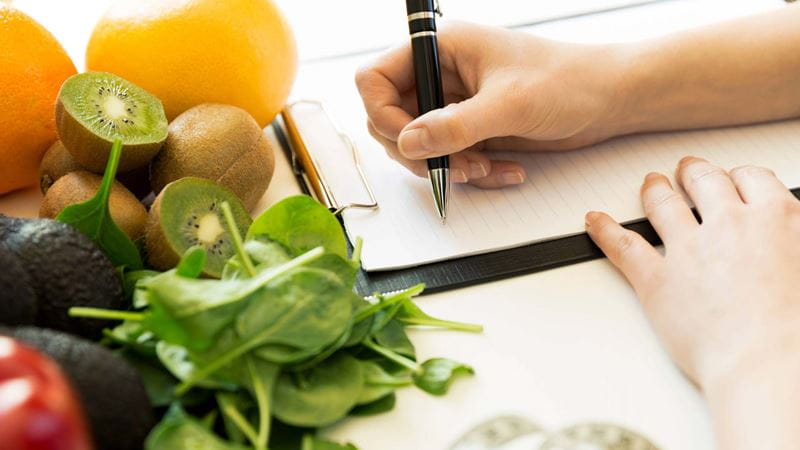
Bigger doesn’t necessarily mean more expensive. If you’re buying products that have a long shelf-life (such as tins, frozen foods, pasta and rice), Tew says that larger packets are often better value.
She uses the example of porridge oats, pointing out that larger packs typically work out cheaper than individual sachets.
In August 2024 a 10-pack of Quaker Oats So Simple Original porridge sachets was £3.50 at Tesco, working out at £1.29 per 100g.
Meanwhile, a 1kg box of Quaker Rolled Oats at the same supermarket was priced at £2.75 – equivalent to just 27p per 100g.
For fresh items, Tew also advises buying in bulk and storing the surplus. She says: "For example, buying larger cuts of meat is usually cheaper [than buying smaller portions]. These can then be portioned up and frozen.”
Good places to buy in bulk include cash and carry stores, 'weigh and pay' shops (where you fill your own containers and pay based on the weight), and discount retailers such as Costco.
However, Tew warns that these won't always be the cheapest option for each product, so it’s worth doing a price comparison.
To help with this, Tew advises checking the price per kilogram or 100g/ml, which is usually written under the price of the item (as per the porridge example above).
She suggests keeping a list of these on your phone or a notepad for the main products you usually buy to refer to when out shopping.
While it may take a bit of extra effort and organisation, it’s worth it and will soon become second nature.
Think fresh is always best? Think again.
Frozen fruit and vegetables can be just as good for you or, in some cases, even better.
Fresh fruit and veg lose some of their nutrients in the time between being picked and ending up on your plate. In contrast, those that are frozen shortly after they’ve been harvested preserve these nutrients.
Frozen fruit and veg is typically cheaper to buy too, helping you to eat healthily on a budget. Plus you can defrost just the amount you need, so there’s no waste.
Tew says: "You can get all kinds of frozen fruit and vegetables, including butternut squash and berries.
“The texture is different for some frozen veg, but they store well and there is a significant cost saving."
Tew says frozen fruit makes for good yogurt or breakfast toppings.
Eating a variety of fruit and veg, whether frozen or fresh, will also support the diversity of your gut bacteria, which is one way you can improve your overall gut health.

Searching for a way to make your meals stretch further? Adding dried pulses could be a solution as Tew explains that they help to bulk meals out in a more affordable way.
“Dried foods like beans or lentils can be more expensive to buy initially, but work out cheaper than using tinned or packet options in the long run.”
What's more, pulses are a great source of healthy nutrients like protein and fibre, and provide various health benefits.
Cooking dried beans from scratch does take a bit more planning, as you’ll need to soak them, and the extra cooking will increase fuel costs.
If these put you off, lentils can be a great choice, as they don’t need any soaking, and they cook more quickly than dried beans.
If you have a pressure cooker, it’s a great tool to cook beans or lentils in less than half the time, saving you money on fuel.
Tinned beans and lentils are still cheaper than meat and don’t need much cooking, so they are a great way to pad out meaty dishes like stews, chilli or bolognese sauces.
Simply half the amount of meat in the recipe and substitute with beans or lentils, or else replace it altogether.
Fruits and vegetables that are in season are not only tastier and fresher, meaning there is less chance for nutrient loss, but they’re cheaper, too. This is because they’re in abundance and require little storage, transporting and associated costs.
Not sure what is in season right now?
Take a look at the Vegetarian Society's helpful guide to see what foods are in season at different times of the year.
Gemma Harris has been a journalist for more than seven years and is a self-confessed health and wellbeing enthusiast, which led her to specialise in health journalism. During her career, she has worked with top editors and publications in the industry.
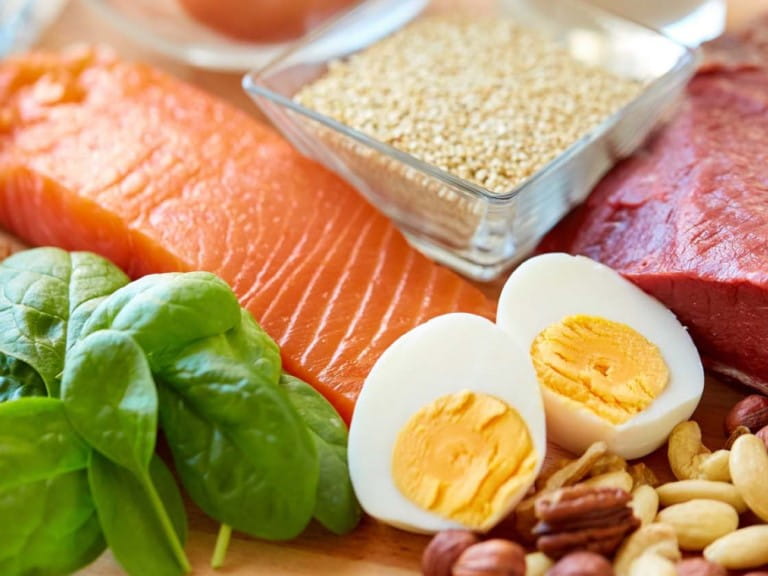
Everything you need to know about protein, from how it benefits your body to the best high-protein foods – and how much you really need.


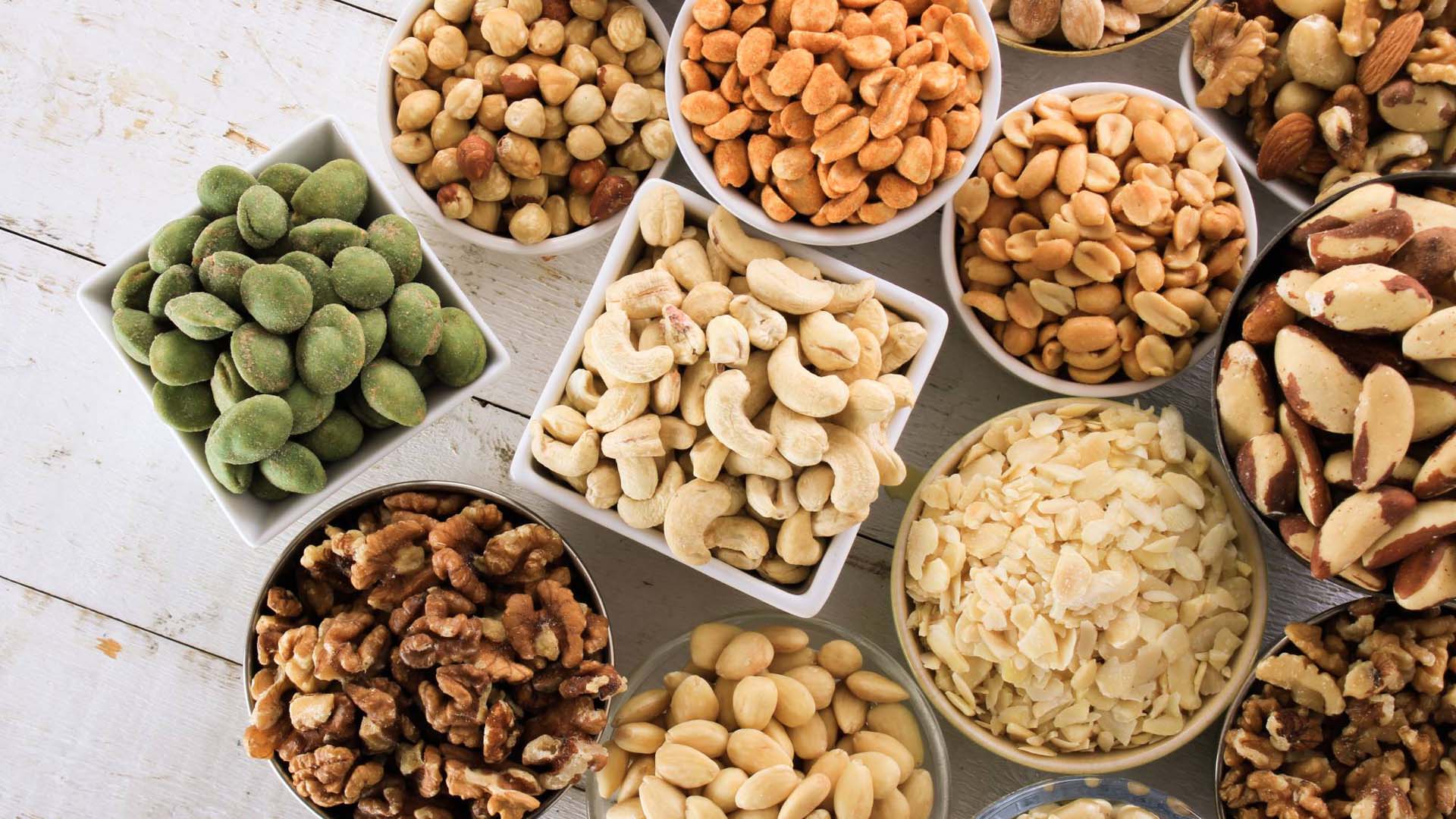
Let’s roast the myths! Not only are nuts less fattening than once feared, research shows they can cut the risk of heart disease too
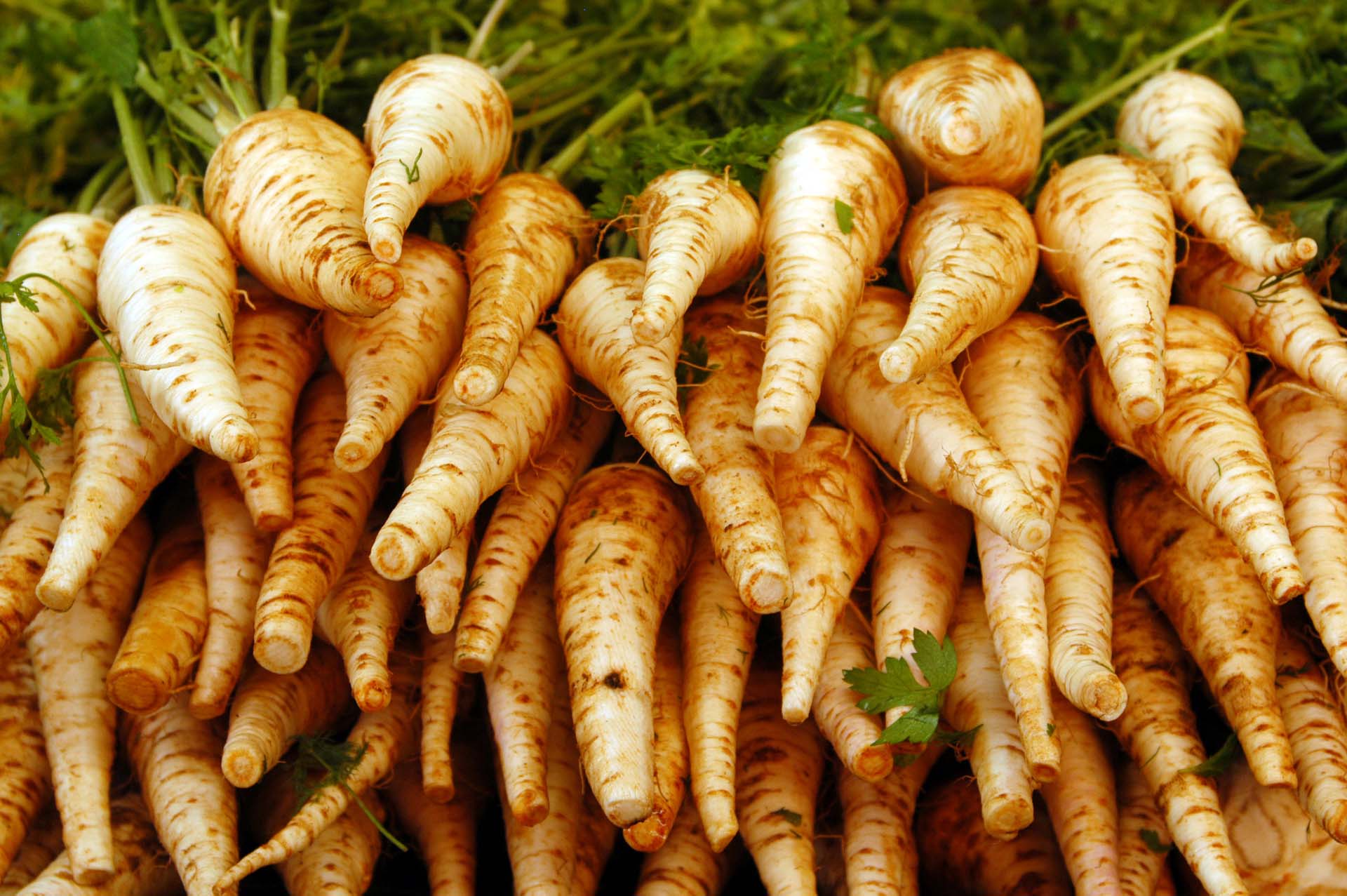
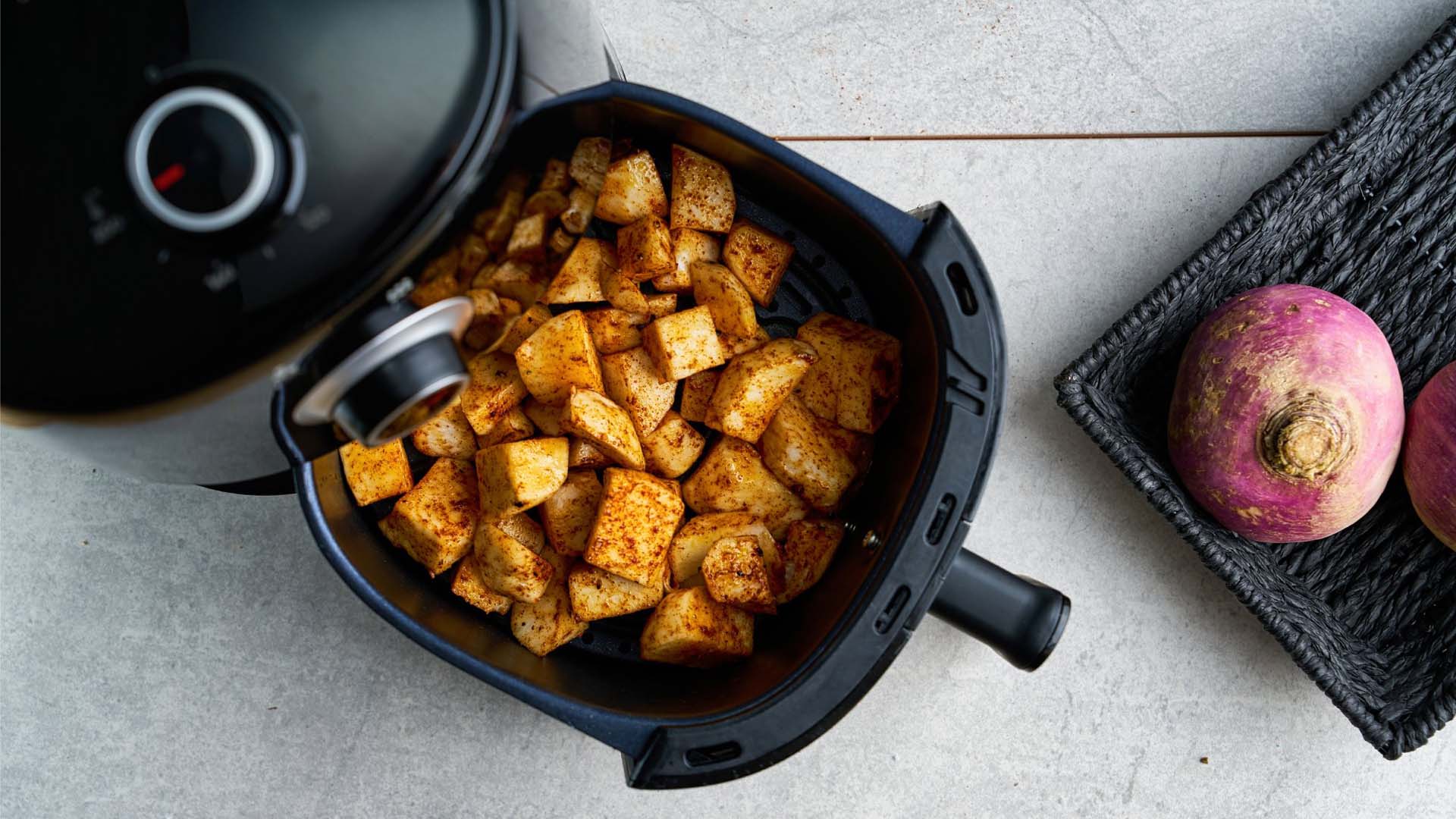
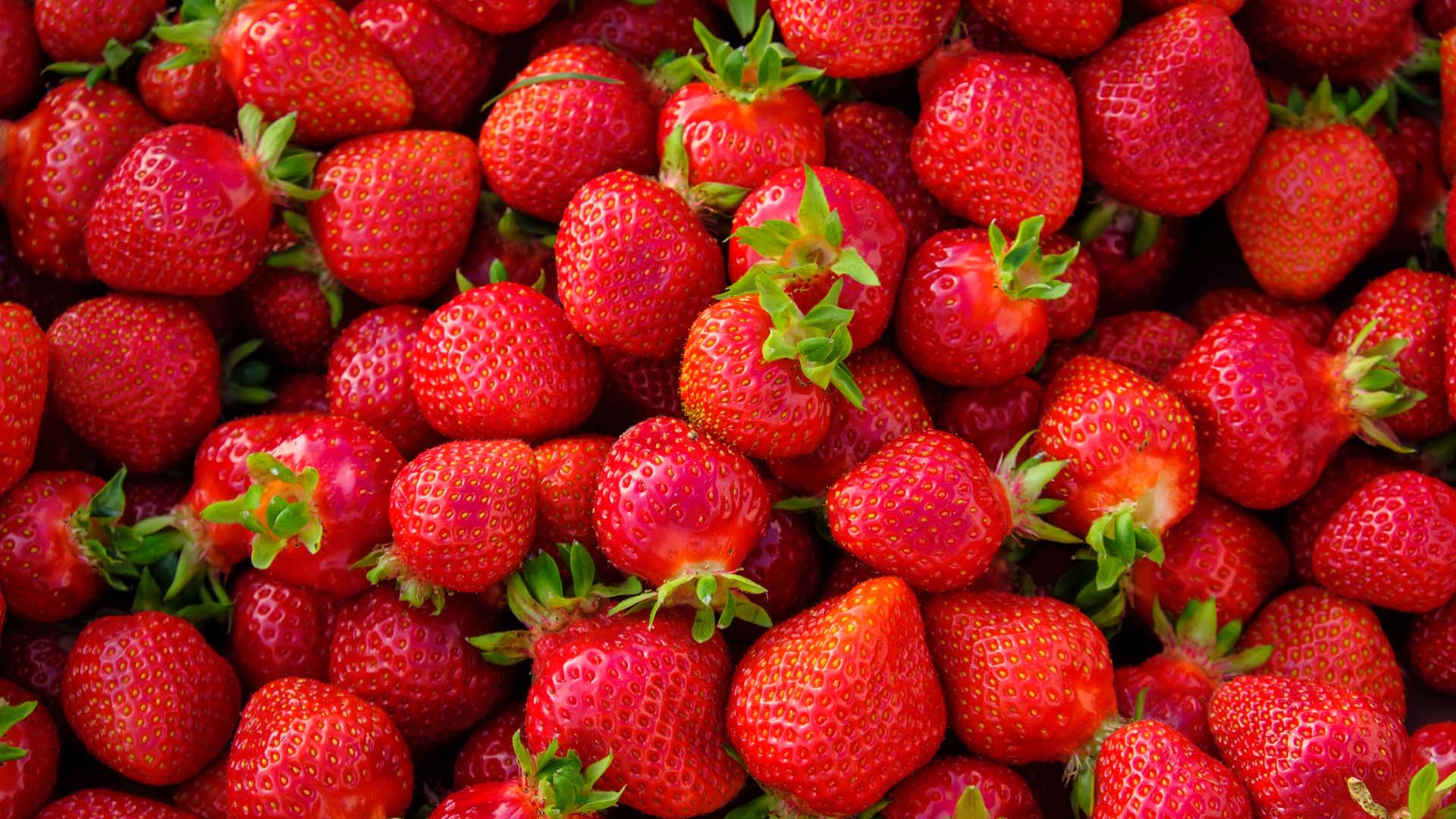
Strawberries don't just taste and look great, they are full of fibre, help your heart health and may even stave off dementia.
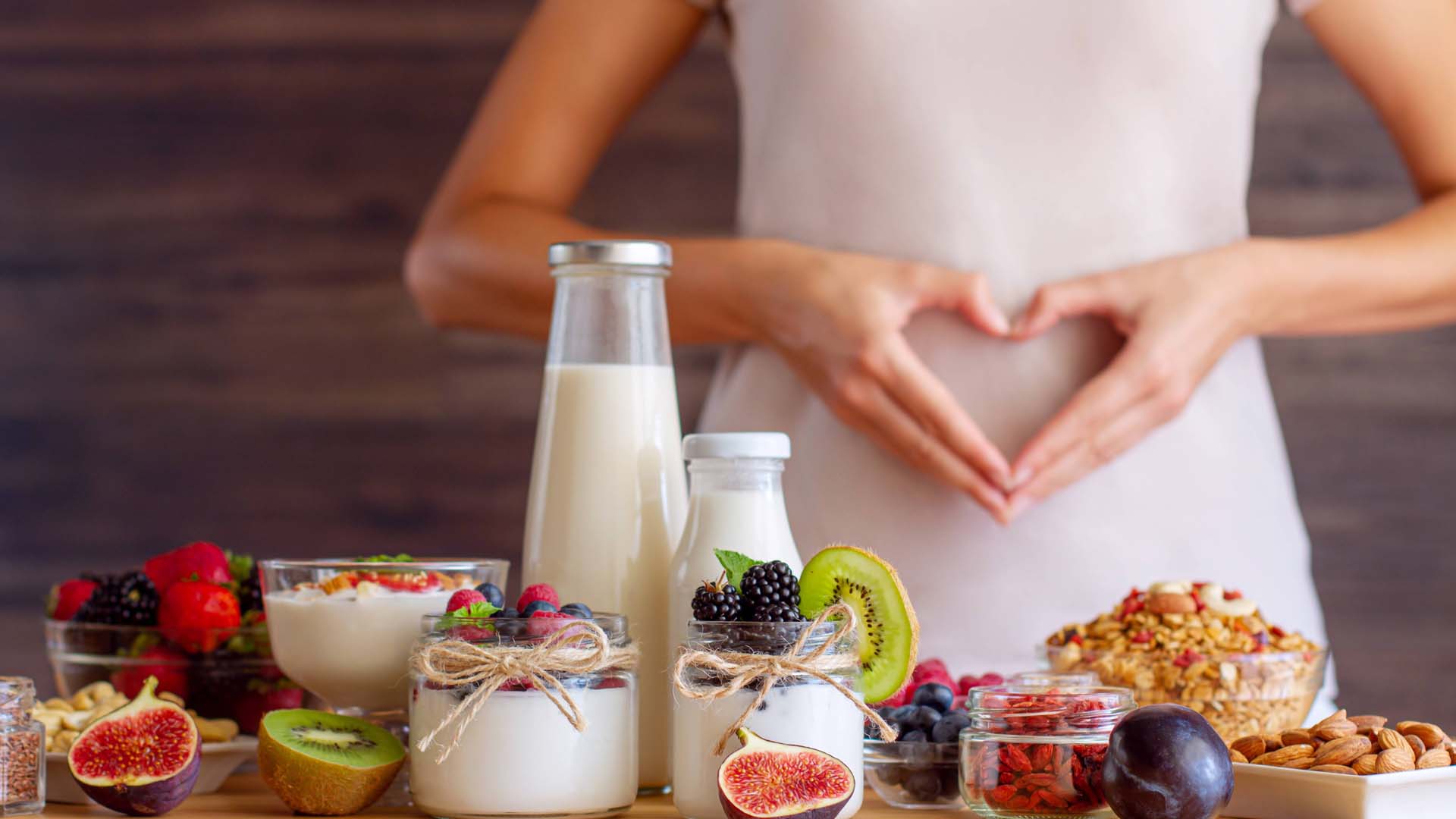
Looking after your gut health could be one of the biggest things that you can do for your overall health. Here are the best foods to keep your gut happy.
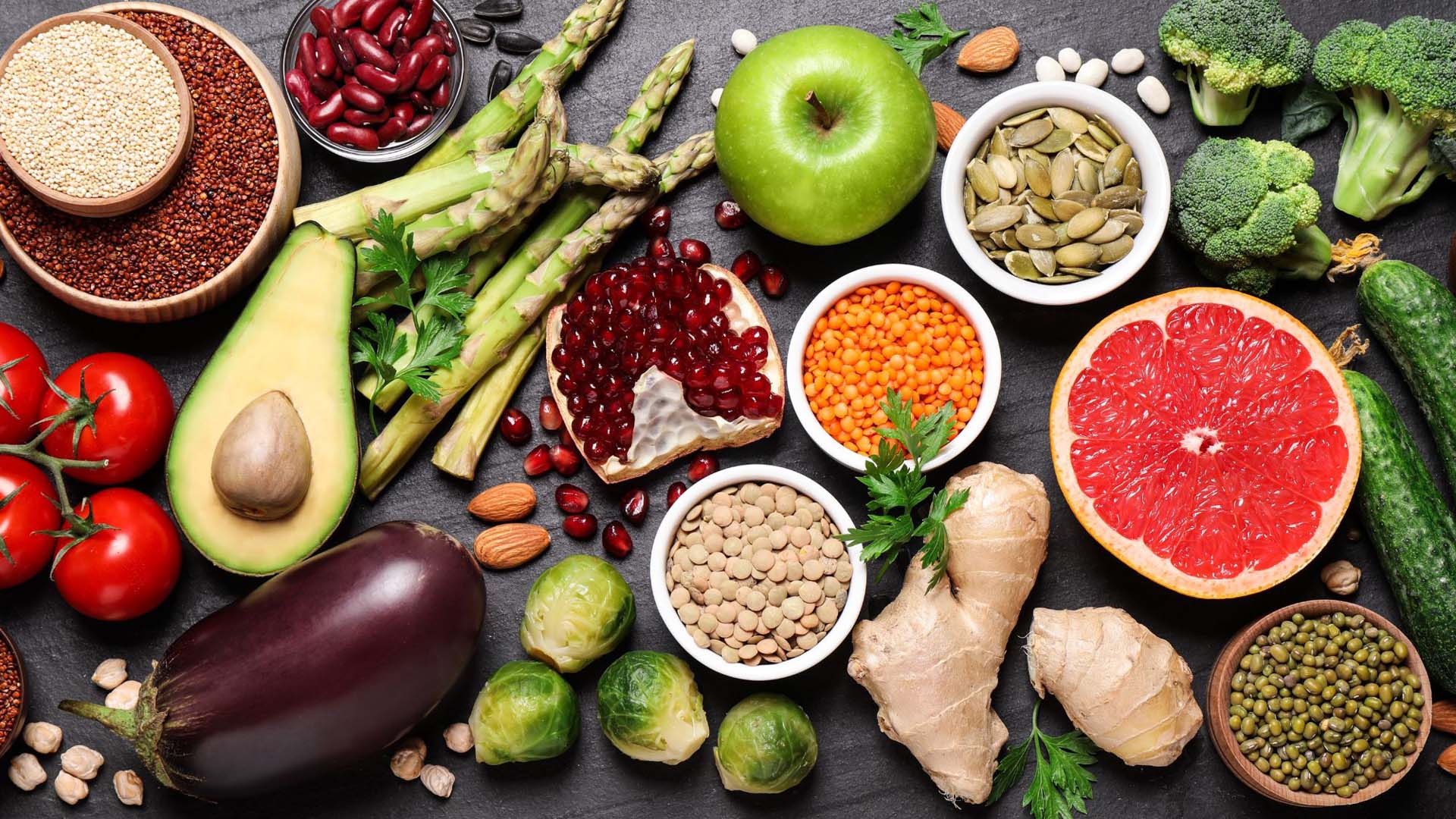
The foods that could help you live longer and protect against chronic illness.